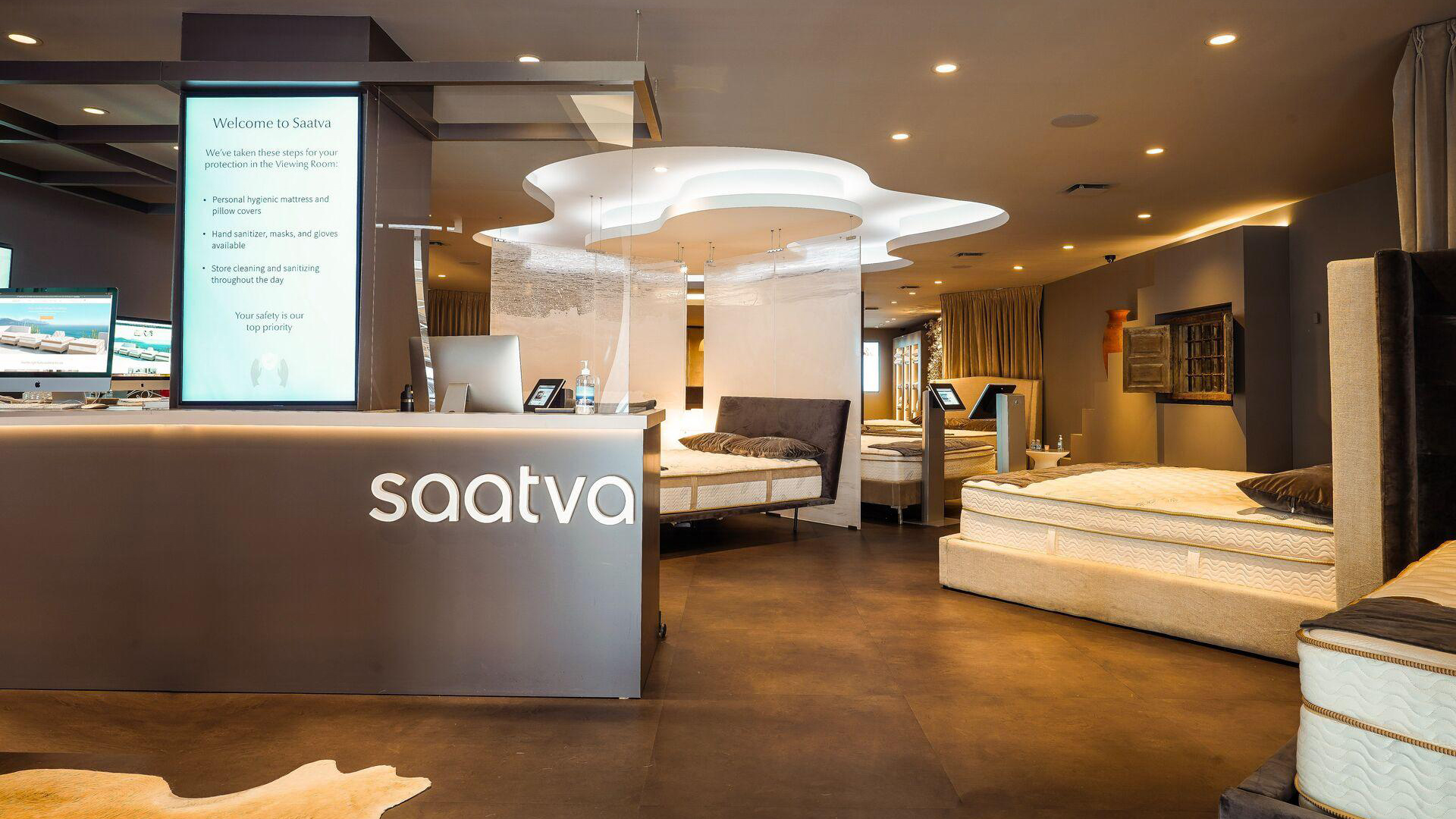Apple Watch sleep tracking in watchOS7 made me a believer — here’s why
Is getting 7 hours of sleep each night with the Apple Watch a modest goal or motivational game? Either way, it works.
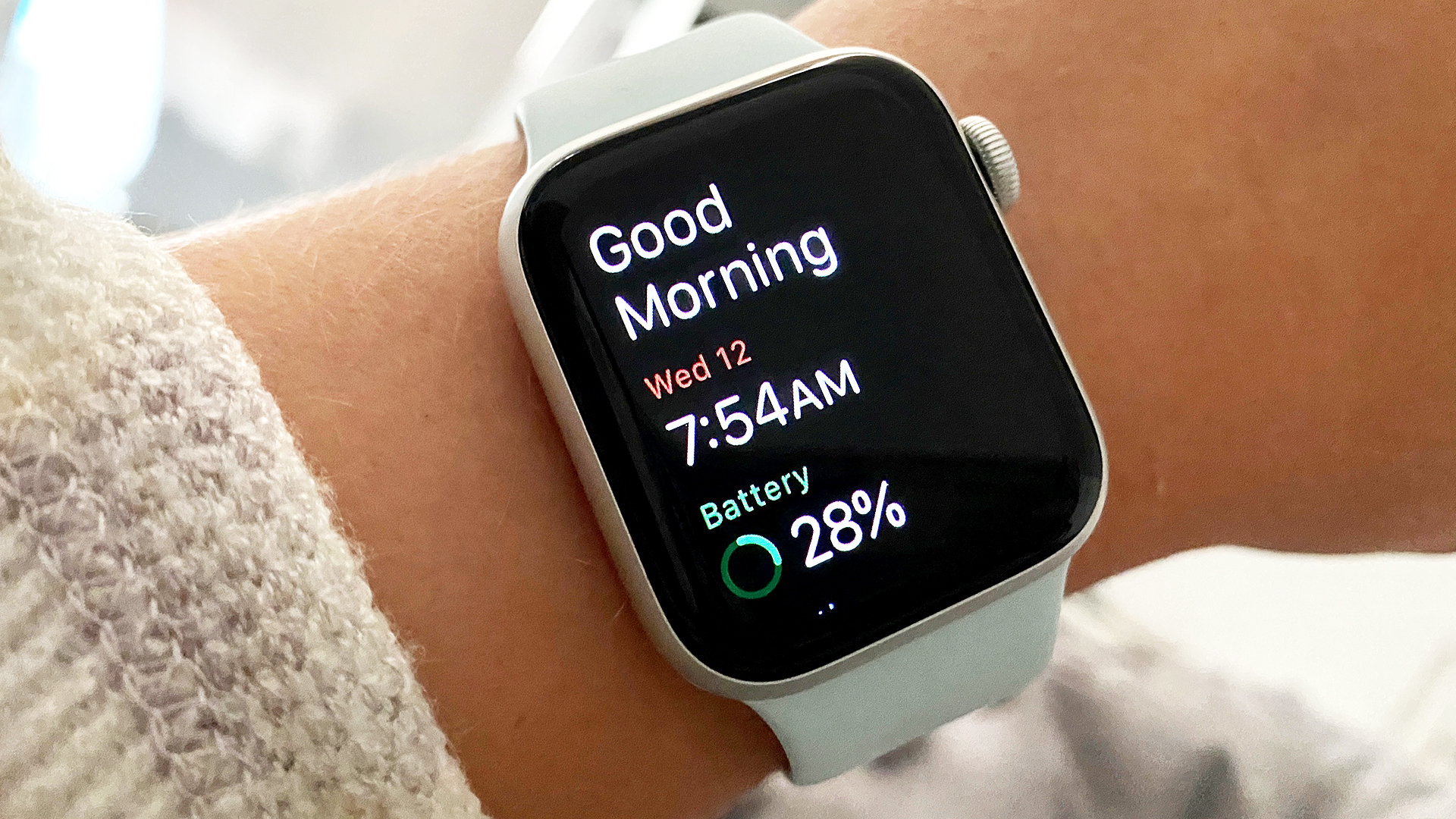
One week with Apple Watch sleep tracking has made me a believer — but not in the benefits of seven hours of sleep each night. Instead, over my first few days in bed with the watchOS 7 public beta software on my wrist, I realized it’s actually possible to train yourself into adhering to a sleep schedule.
Ridiculous, right?
As I’m sure you, reader, can relate, spending most of my time at home the past months has sabotaged my sleep schedule in ways I never thought possible. And, because I test fitness trackers, I’m acutely aware of how much sleep I’ve lost.
- The best fitness trackers, ranked
- Have you read the latest Apple Watch 6 rumors?
But Apple Watch sleep tracking has brought me the tangible reprieve I’ve needed: a routine. When Apple first announced the long-requested feature would join the company’s catalog of Health tools, I’ll admit I was skeptical about how it and the Apple Watch would fare against even the best Fitbit in providing actionable sleep data.
After testing it out with watchOS 7 on my Apple Watch Series 5, though, I’m convinced it's the perfect sleep tracking system for people like me, who just want to know if they’ve had enough rest, and want some simple tools to get enough zzzs.
That’s because, much like closing Apple’s activity rings, clocking sleep with the Apple Watch is a goal. Although it’s not as simple as launching fitness tracking for a run or bike ride, administering a bedtime schedule can remind you to start winding down for the night if you intend to fulfill your self-prescribed shuteye quota.
Apple Watch sleep tracking setup
Once I installed the iOS 14 beta on my iPhone and watchOS 7 beta on my Apple Watch, getting started with sleep tracking was simple. In the native Health app, there’s a new sleep tab that gives you the option to create a schedule or multiple schedules depending on what time you’d like to go to sleep and wake up.
Sign up to get the BEST of Tom's Guide direct to your inbox.
Get instant access to breaking news, the hottest reviews, great deals and helpful tips.
I created two schedules: One for the weekdays that has me asleep from 11:30 p.m. to 7:30 a.m., and one for the weekends from 12:30 a.m. to 9 a.m.
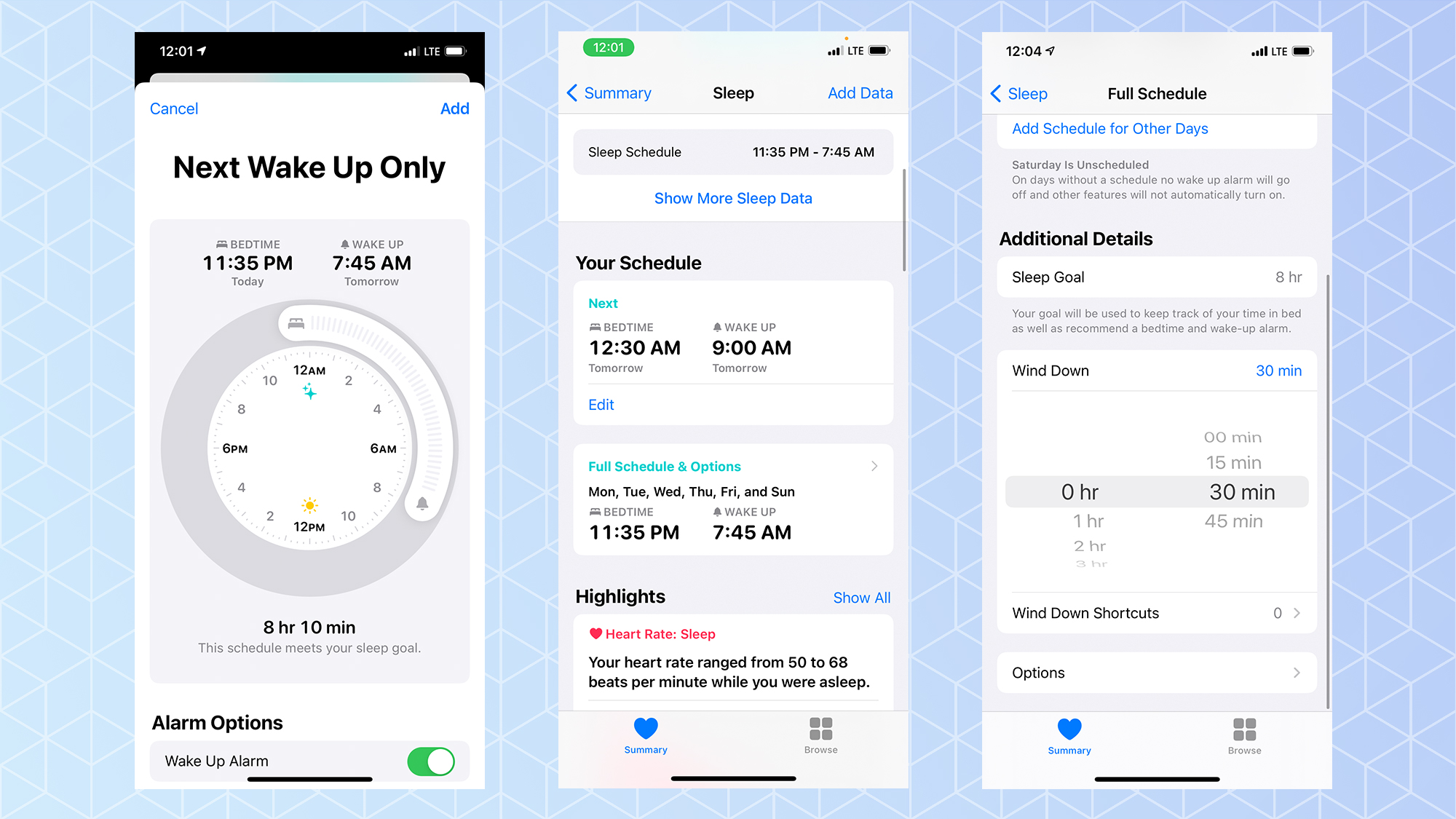
Other setup features include automatic Sleep Mode, which turns on Do Not Disturb during your desired sleep hours, and Track Time in Bed with iPhone, which factors when you pick up or use your iPhone during the night into your daily sleep data. You can also enable simplified iPhone and Apple Watch interfaces, which I appreciated as visual cues that I should be trying to sleep, rather than watching TikToks.
Finally, I assigned a ‘Wind Down’ window of 30 minutes, meaning at 11 p.m. or 12 a.m. my Apple Watch and iPhone give me a little nudge to start getting ready for sleep. This is also when my Watch will remind me to juice it up, if its battery is less than 30% full.
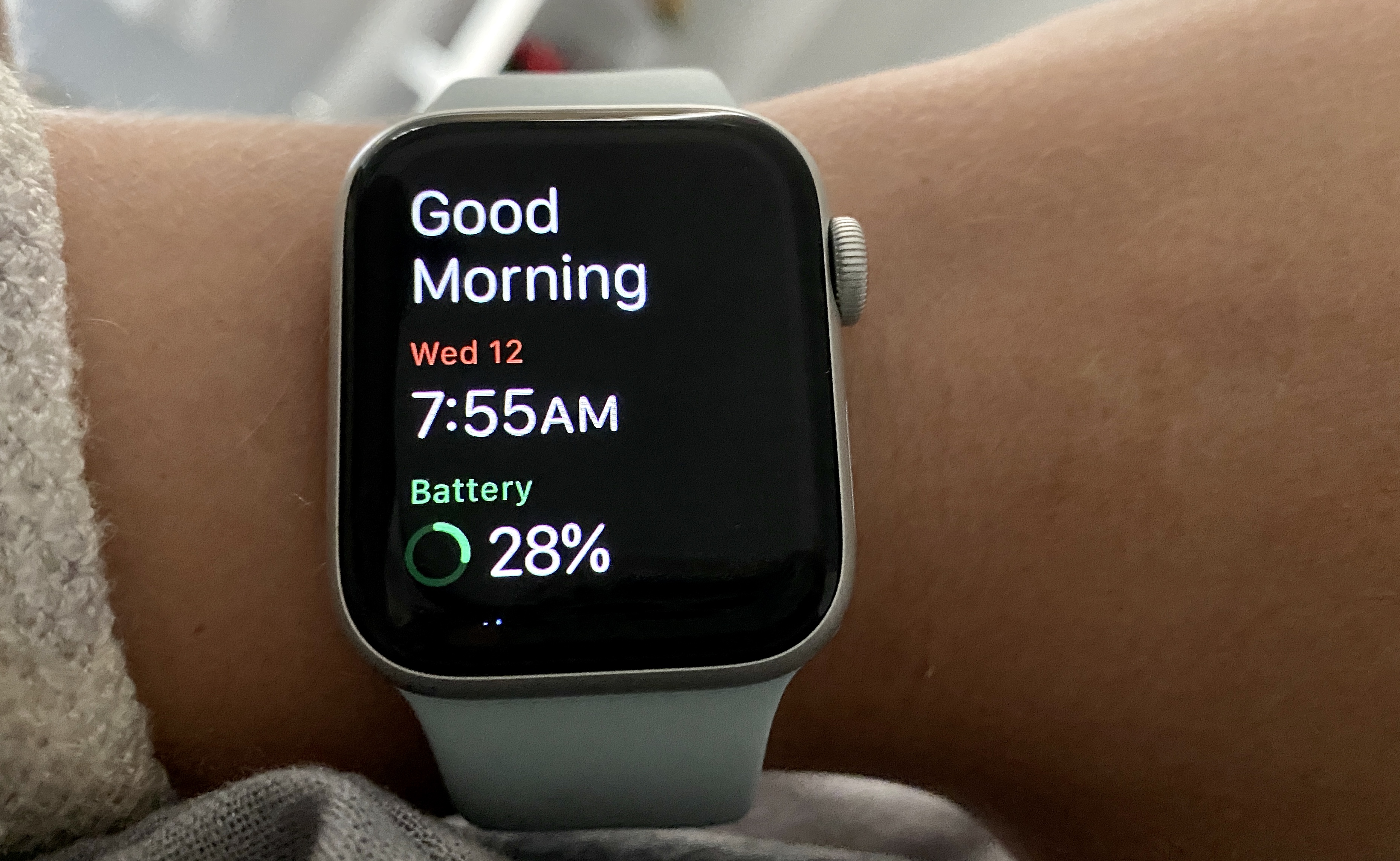
It’s all about the Wind Down
Wind Down is the integral benefit of Apple Watch sleep tracking. I’ve never known what to do with myself in that weird period between finishing an episode of Ozark and (hopefully) remembering my evening skincare regime.
My iPhone makes that half-hour a little more intentional by initiating a series of pre-selected shortcuts during my Wind Down window. It launches Spotify so I can turn on some relaxing music (or Hamilton, because that’s all I listen to these days) and opens up my calendar so I can wrap up my day by knowing what’s on tap for tomorrow. I added a shortcut for Amazon Alexa so I can make adjustments to my Philips Hue lights before bed, too.
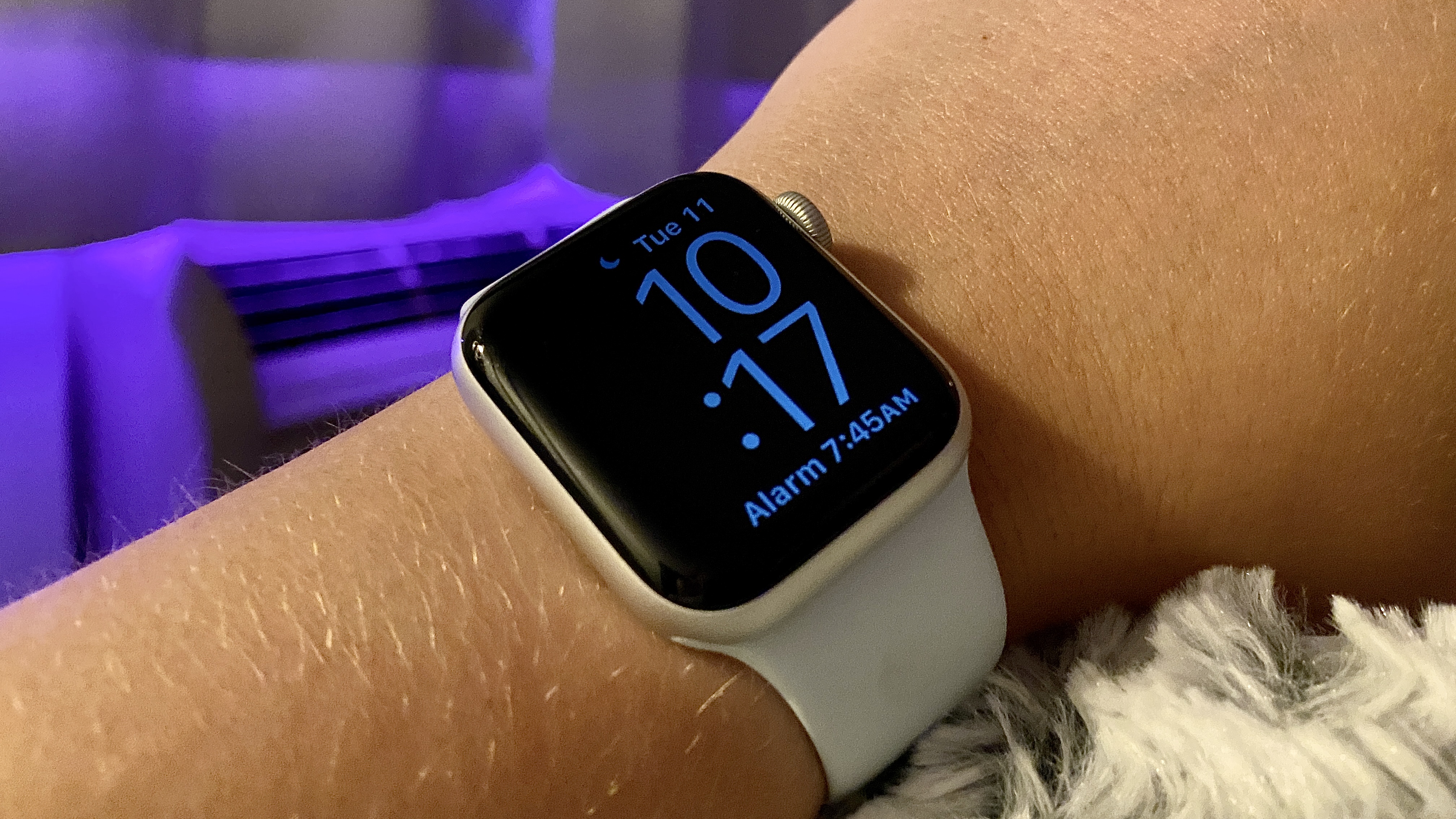
You can completely skip this element of Apple Watch sleep tracking, but I found it plays nicely with the notion of routine Apple seeks to achieve.
Apple Watch sleep tracking data
Most fitness trackers, such as those from Fitbit, Garmin, and the Samsung Galaxy Watch 3, give you highly detailed data about the amount of time you’re in REM sleep, light sleep, or are tossing around in bed. I, for one, don’t care what stage of sleep I’m in, or how much deep sleep I get—I just want to know if I’ve slept well—but I respect not everyone feels that way.
The Galaxy Watch 3, and other fitness trackers I’ve tested, offer more actionable insight, which someone with consistent sleep troubles might need. For me, going to bed at the same time every night has been enough of an adjustment to regulate my hours of rest. For others, something like Fitbit Premium, which offers personalized guidance on how they can sleep better and have more energy, might be a better choice.
Is Apple Watch sleep tracking accurate?
My colleague Henry T. Casey has used AutoSleep, one of the best Apple Watch sleep tracking apps from a third-party developer, for several months now. When he ran it alongside Apple’s native sleep tracking one night, he found Apple credited him with almost a full extra hour of sleep he felt didn’t get.
TLDR: AutoSleep is more accurate as it can be calibrated, gives 24 hour tracking (naps), gives sleep insight, has smart alarm. Apple Sleep is for people with a strict schedule wanting a simple record of time asleep and simple set and forget alarm.August 12, 2020
Henry reported his experience via Twitter, and an AutoSleep representative wrote back, saying its program is “more accurate as it can be calibrated, gives 24 hour tracking (naps), gives sleep insight, has smart alarm.” Apple’s sleep software, on the other hand, is suited “for people with a strict schedule wanting a simple record of time asleep.”
During my first week with Apple Watch sleep tracking, I also wore the Samsung Galaxy Watch 3 to bed. I found my Apple Watch did a better job at recognizing when I wasn’t sleeping at 5 a.m. two mornings in a row, once because my black Labrador Retriever wanted breakfast early and once because a thunderstorm rumbled both of us awake.
Here’s what waking up with Apple’s sleep tracking looks like. Kinda impressed to see my watch registered when I got out of bed at 11:45 p.m. to get water, and around 5 a.m. when my dog tried to wake me up for breakfast 😴 pic.twitter.com/wgF6I1ZkXxAugust 11, 2020
For the data it claims to track — how many hours you spend asleep and in bed — I think Apple’s readings are spot on. I’m planning to use it for longer, and against competing fitness trackers, to see my experience holds up.
The Apple Watch is due for a battery boost
Another edge wearable alternatives from Samsung or Fitbit hold over the Apple Watch as it pertains to sleep tracking is battery life. Until recently, I charged my Apple Watch overnight, every night, as I do my iPhone. This week I’ve adjusted to juicing it up a bit before bed, and again in the morning, when the new Good Morning interface lets me know my watch’s battery status.
But watching the Galaxy Watch 3 last two days, and some fitness trackers lasting a week, now more than ever I think the Apple Watch needs a better battery life.
If Apple Watch 6 rumors and leaks prove true, then the next-generation watch should get this upgrade, which, IMHO, will make Apple Watch sleep tracking all the more appealing. My competitive nature is sold on the routine needed to meet my sleep goals, so is too much to ask for hardware to match?
Apple Watch sleep tracking outlook
The Apple Watch sleep tracking software I’m using is still in beta stages, meaning Apple could alter it before watchOS 7’s official release. As it is now, I’m more impressed than I thought I would be.
What I like the most is not the sleep tracking data itself, but the guidance that Apple offers in getting me ready for bed. No more doom scrolling for me! Plus, Apple’s gamification of sleep—much the same way it does with activity—has made me as motivated to meet my bedtime goals as I am to exercise for 30 minutes every day. Maybe that’s just what I needed to get my sleep schedule back on track.
Kate Kozuch is the managing editor of social and video at Tom’s Guide. She writes about smartwatches, TVs, audio devices, and some cooking appliances, too. Kate appears on Fox News to talk tech trends and runs the Tom's Guide TikTok account, which you should be following if you don't already. When she’s not filming tech videos, you can find her taking up a new sport, mastering the NYT Crossword or channeling her inner celebrity chef.

